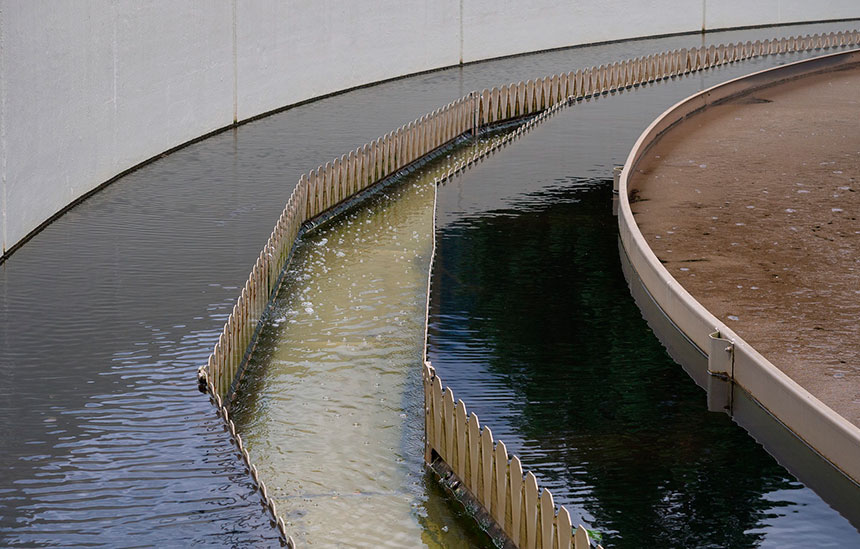Posted on AQUATECH
Spain, China and water reuse
Water reuse is quickly becoming a necessity rather than optional for nations bolstering water resource management efforts around the world.
Many regions are now looking to wastewater reuse over large-scale desalination as a solution to drought-induced water scarcity.
Countries such as Spain and China continue to lead the way in water reuse, with the later accounting for 49 percent of capacity contracted between 2010 and 2017.
That’s according to data from the new International Desalination and Reuse Association (IDRA) Water Security Handbook, produced in partnership with Global Water Intelligence (GWI).
In numbers, reuse capacity has almost doubled since 2010. Cumulative contracted capacity has increased from 59.7 million m3/day in 2009 to 118 million m3/day in 2017.
Spain has led the European wastewater reuse market since 2010, with large projects aimed at agricultural users.
However, a proposed EU directive that would require treatment of microbiological pathogens to facilitate water reuse for agricultural irrigation has the potential to increase water reuse in the EU from 3 million m3/day to 18 million m3/day.
As contracted capacity continues to rise, the epicenter of the global wastewater reuse market has shifted from North America and Asia, with China awarding nearly half of the total water reuse projects (in capacity) in the last several years, the IDRA said.
However, new capacity in Taiwan and India is also significant, with the latter the fastest growing market in the region with new environmental legislation one of the drivers.
The Americas is the second largest region according to installed capacity, with the majority of water reuse focused on the agricultural and industrial sectors in the US. This remains the world’s second largest market by contracted capacity at 10 percent of the total.
Earlier this year it was announced that Californian city Santa Monica would be moving ahead with water reuse plans.
However, the awarding of three projects in Latin America accounts for the majority of the region’s increase in contracted capacity: the 2 million m3/day Atotonilco wastewater treatment plant in Mexico and two primary treatment plants totalling 1.75 million m3/day in Peru.
Water reuse is gaining traction in the Middle East as well, although desalination remains the primary unconventional water source for arid countries in the region. Large-scale upgrades of sewage treatment plants in the Gulf and Egypt have driven strong growth in reuse.
“In terms of water reuse, prices for indirect potable standard water are in the $0.30-$0.40 range, but the market is still held back by public perceptions,” said Christopher Gasson, publisher at GWI.

